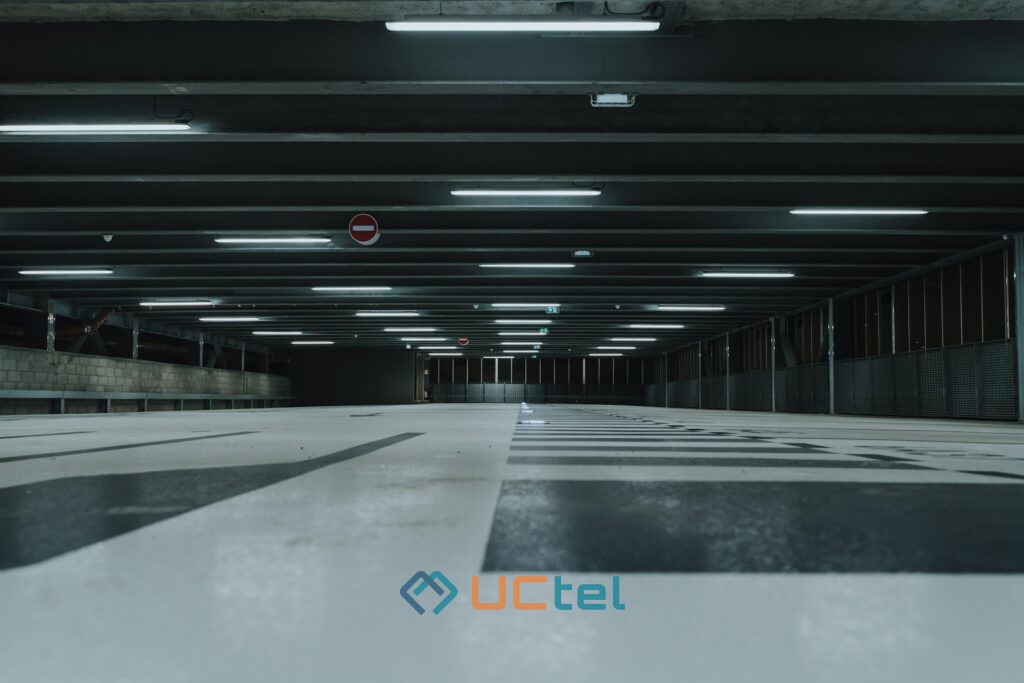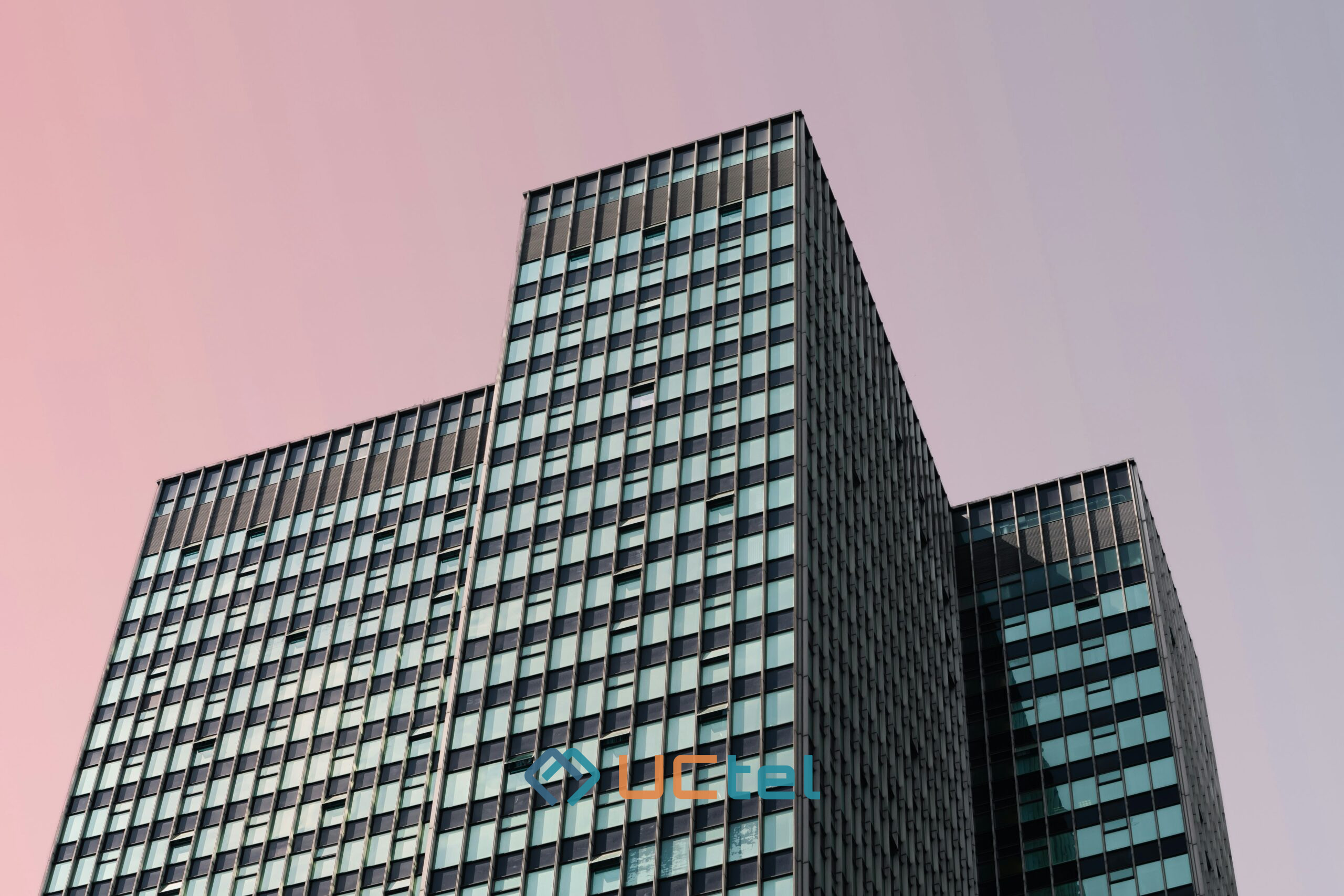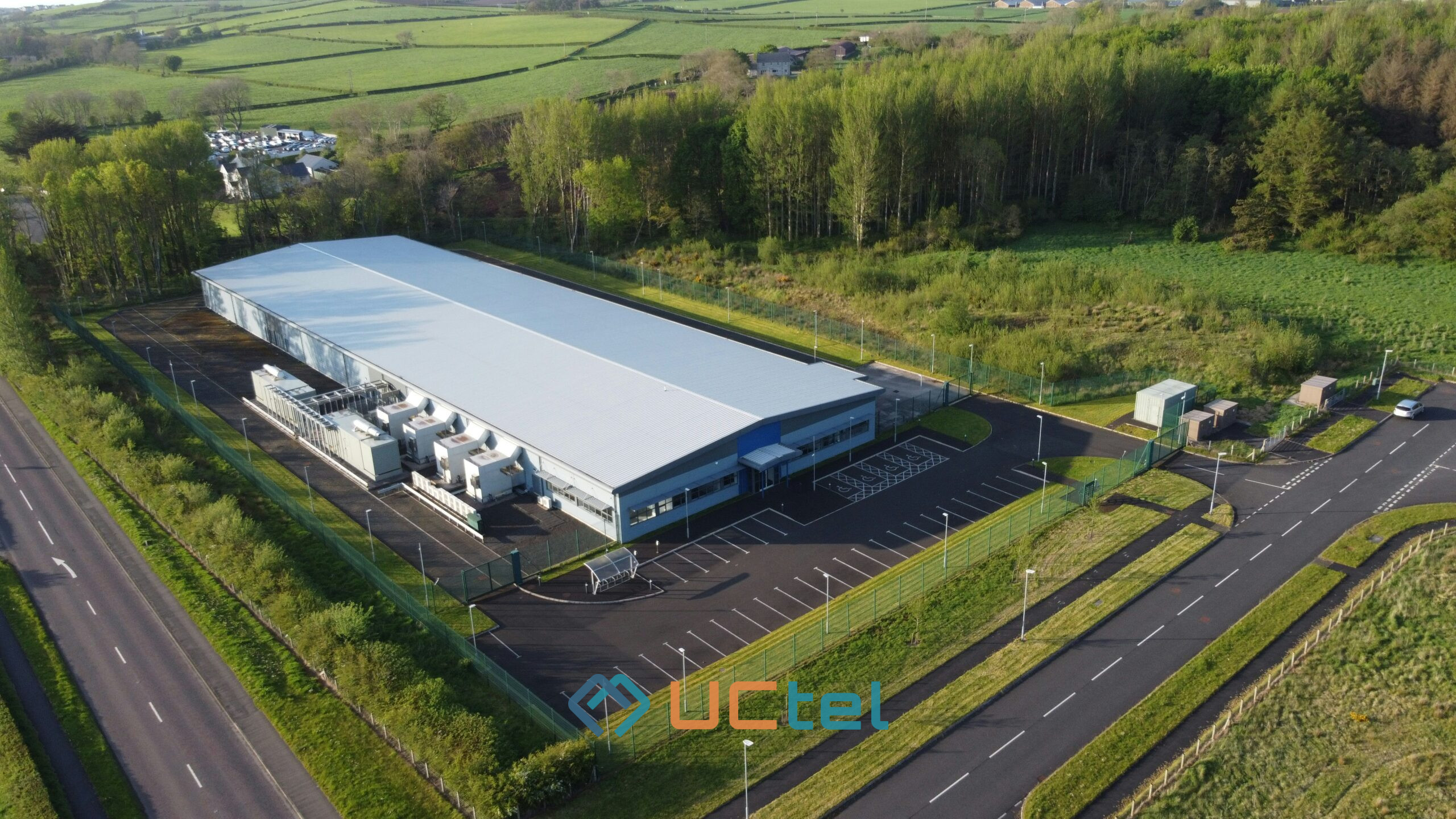Best Mobile Signal Solution For Underground Car Parks In The UK

Table of contents
- 1. Follow-Up Questions
- 2. Why Underground Car Parks Need Reliable Mobile Coverage
- 3. Understanding the Options: DAS, Repeaters, Leaky Feeders & Passive Reflectors
- 4. Cost, Benefits & ROI Comparison of Each Solution
- 5. Navigating UK Compliance: Ofcom, Building Regulations & Insurance Requirements
- 6. Installation Best Practices & Long‑Term Monitoring
- 7. Real‑World Case Studies: From Small Garages to Multi‑Level Car Parks
- 8. Planning for the Future: 5G Readiness & Scalability
- 9. Frequently Asked Questions
- 10. Conclusion / TL;DR
Updated July 2025
Ensuring reliable mobile signal in underground car parks is essential for safety, EV charging, and user satisfaction. The most effective solutions include distributed antenna systems (DAS), active repeaters, leaky feeder cables, and passive reflectors. Each technology has different costs, benefits, and regulatory considerations. Careful planning and Ofcom compliance are critical for successful deployment.
Table of Contents
- Why Underground Car Parks Need Reliable Mobile Coverage
- Understanding the Options: DAS, Repeaters, Leaky Feeders & Passive Reflectors
- Cost, Benefits & ROI Comparison of Each Solution
- Navigating UK Compliance: Ofcom, Building Regulations & Insurance Requirements
- Installation Best Practices & Long‑Term Monitoring
- Real‑World Case Studies: From Small Garages to Multi‑Level Car Parks
- Planning for the Future: 5G Readiness & Scalability
- Conclusion / TL;DR
Follow-Up Questions
Why is mobile coverage critical in underground car parks?
- Reliable coverage ensures drivers and passengers can call emergency services, process EV charging payments, and navigate safely. It also improves perceived security and convenience in modern facilities.
What are the main technologies to improve signal in underground car parks?
- The primary options are:
- Distributed Antenna Systems (DAS)
- Active Repeaters
- Leaky Feeder Cables
- Passive Reflectors
Each varies in coverage, installation complexity, and compliance requirements.
How much does it cost to install these solutions, and what is the return on investment?
- Costs range from £10–£30 per m²
- ROI includes user satisfaction, safety compliance, and operational uptime
What regulations apply to mobile signal systems in the UK?
- Installations must comply with:
- Ofcom licensing
- Building regulations
- Fire safety codes
- Insurance conditions
How should systems be installed and maintained over time?
- Best practices include:
- Professional surveys
- Phased deployment
- Remote monitoring and maintenance
Can you share examples of successful deployments?
- Yes—examples include:
- Private garages with repeaters
- Multi-level NHS car parks using DAS
- Office park car parks with passive reflectors
How do you future-proof a system for 5G?
- Use modular and scalable systems that support 5G frequency bands and allow incremental upgrades.
Why Underground Car Parks Need Reliable Mobile Coverage
Underground structures made from reinforced concrete and steel severely block radio frequencies. This results in dead zones where users cannot make calls or use mobile services—posing serious risks in emergency situations.
With the increasing adoption of electric vehicles, connectivity is also needed for:
- Payment systems
- Charger diagnostics
- Usage reporting
Moreover, expectations for convenient and connected parking are rising. Poor coverage impacts everything from navigation apps to automated payment terminals, affecting customer satisfaction and facility reputation.
Understanding the Options: DAS, Repeaters, Leaky Feeders & Passive Reflectors
Each technology has distinct use cases:
- Distributed Antenna Systems (DAS) High-performance, scalable coverage across multiple levels and operators.
- Active Repeaters Cost-effective systems like Cel-Fi Quatra, ideal for medium sites.
- Leaky Feeder Cables Radiating cables used in long, narrow areas like tunnels.
- Passive Reflectors Low-cost panels that redirect signals into entry-level spaces.
Choice depends on the facility’s layout, materials, and operator coverage needs.
Cost, Benefits & ROI Comparison of Each Solution
Approximate Installed Costs (per m²):
- DAS: £20–£30
- Active Repeaters: £10–£20
- Leaky Feeders: £15–£25
- Passive Reflectors: under £10
ROI Comes From:
- Increased safety and emergency accessibility
- Higher usage of EV chargers
- Reduced downtime
- Improved user satisfaction
Future-proof systems reduce the cost of future 5G upgrades and network migrations.
Navigating UK Compliance: Ofcom, Building Regulations & Insurance Requirements
Mobile coverage systems in the UK must be:
- Type-approved by Ofcom
- Installed according to electrical and fire codes
- Supported by compliance documentation
Only certified integrators (like UCTel) should handle:
- Licensing
- Operator coordination
- System commissioning
Proper compliance prevents network interference and insurance invalidation.
Installation Best Practices & Long‑Term Monitoring
Professional Installations Include:
- Signal surveys to assess RF propagation
- Design planning for antennas, power, and cabling
- Phased work to minimise downtime
- Testing and commissioning
Ongoing Maintenance Should Include:
- Remote monitoring
- Firmware updates
- Antenna checks
- Annual audits
Real‑World Case Studies: From Small Garages to Multi‑Level Car Parks
Examples include:
- A private clinic using Cel-Fi Quatra to support EV chargers and safety devices
- An NHS Trust with 50+ DAS antennas providing multi-operator coverage
- A commercial building using passive reflectors at key entry points
Each project was tailored to building size, compliance needs, and operational constraints.
Planning for the Future: 5G Readiness & Scalability
Choose equipment that:
- Supports 5G bands (e.g. n78, n77)
- Allows software-based upgrades
- Is modular for future expansion
Future-ready infrastructure reduces disruption and enhances long-term ROI.
If you're upgrading mobile coverage in your underground car park, start with a professional site survey.
UCTel provides compliant, scalable systems tailored to your structure—ensuring signal, safety, and satisfaction.
Frequently Asked Questions
Why do underground car parks have poor mobile signal?
- Reinforced structures block or absorb signals, especially at lower levels.
What solutions can improve mobile coverage in underground car parks?
- Options include:
- DAS for full-scale, multi-operator systems
- Active repeaters for mid-size facilities
- Leaky feeders for tunnels
- Passive reflectors for small garages
How much does it cost to install a mobile signal system?
- Passive Reflectors: under £10/m²
- Repeaters: £10–£20/m²
- Leaky Feeders: £15–£25/m²
- DAS: £20–£30/m²
What regulations apply to these systems in the UK?
- You must comply with:
- Ofcom licensing
- Fire and electrical codes
- Insurance clauses
Will improving coverage help with EV charging stations?
- Yes—many EV chargers depend on mobile data for payments and alerts.
Can these systems support 5G in the future?
- Yes, if designed with upgrade paths and modular capacity.
How long does installation take?
- Small systems: 2–4 weeks
- Large DAS setups: 6–12 weeks with phased deployment
Do I need to coordinate with mobile operators?
- Yes—especially for multi-operator or high-power systems. UCTel handles this process.
What maintenance is needed after installation?
- Include:
- Remote diagnostics
- Firmware upgrades
- Annual signal reviews
Conclusion / TL;DR
- Underground car parks need reliable signal for safety, payments, and navigation
- Solutions include DAS, repeaters, leaky feeders, and reflectors
- Ofcom compliance is mandatory—only approved systems should be used
- Future-proof designs enable smooth 5G upgrades
- A professional assessment ensures ROI and long-term performance





